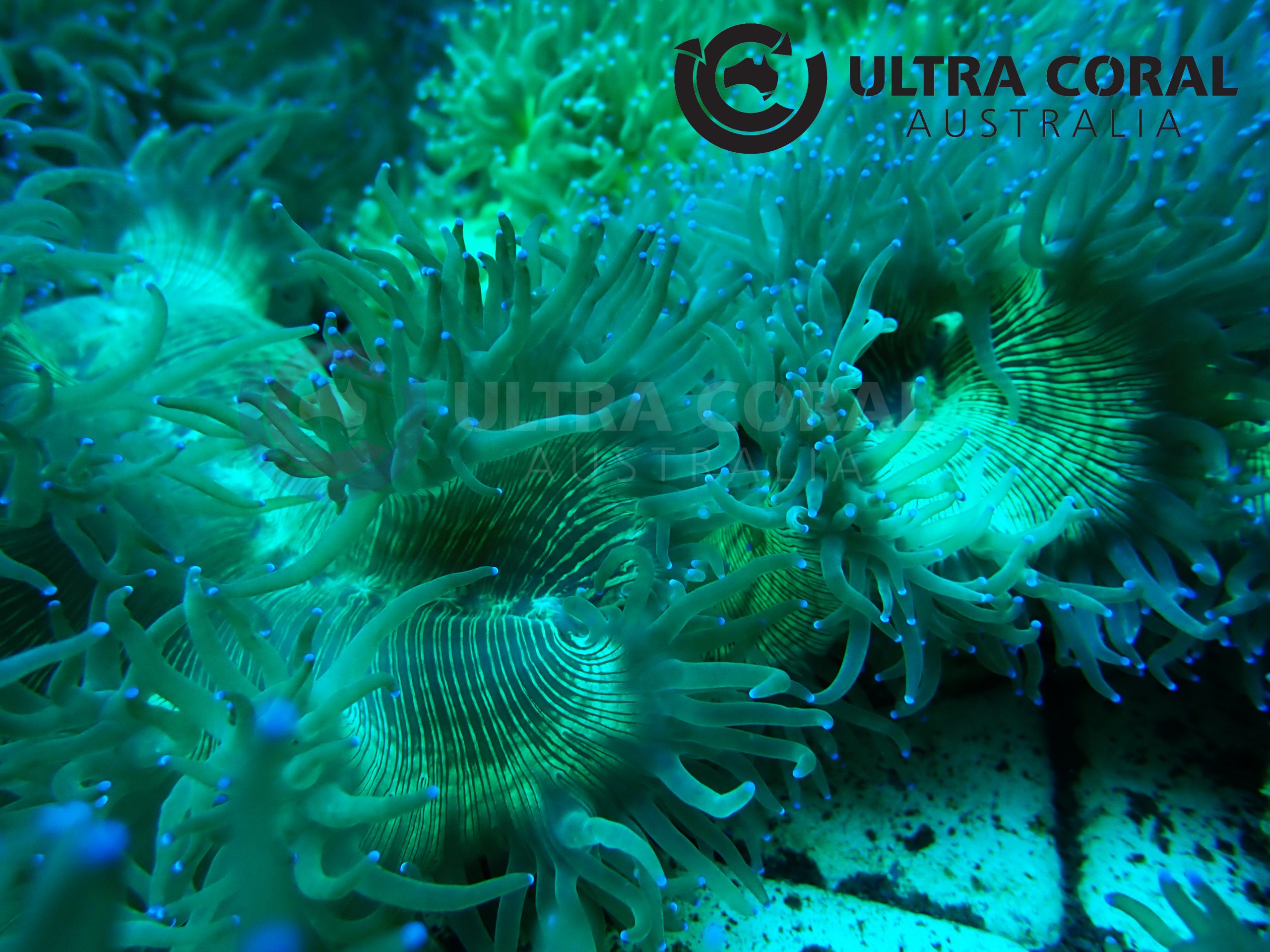Catalaphyllia jardinei

Catalaphyllia jardinei, more popularly known as Elegance Corals or Wonder Corals, have been one of the most popular large polyp stony (LPS) corals in the aquarium industry.
They come in several different colours, and usually has bright pink tips that glow under blue or ultraviolet light. Colours can be fluorescent green with cream tentacles, brown and lime green with blue, orange or purple-tipped tentacles. Some colors like lime green are thought to help in UV protection.
In the wild, Catalaphyllia jardinei buries their cone-shaped base in the soft substrate, while their inflated polyps and tentacles wave on the bottom. They are temporarily attached to substrate while young but break away to become free-living when mature.
They also have very strong stinging tentacles to help capture small prey and to defend themselves against predators, hence they can be aggressive when touching other coral species.
Basic Water Parameters
pH
8.0 to 8.3
Salinity
34 - 36ppt
Temperature
24.0 - 26.0 Celsius
Husbandry Requirements
Lighiting
110-175 PAR
Flow
Some turbulence required
Aggressiveness
Has long sweeper tentacles and/or strong stinging ability that can damage most other corals.
Acclimation Guide
- It is highly recommended to acclimate all corals to a new environment to prevent shocking corals.
- Place the corals in the water from the packing bags and slowly add the water from new environment (Dripping method is recommended).
- Use the water parameter above as a guide.
- When the vessel becomes full , replace the water with the new environment water by a small amount at a time.
- Ensure the water temperature matches with the new environment’s water.
- After the corals have spent adequate time in the acclimation water, gently place the corals to a new environment.
- It is recommended to place new corals under lower light intensity than usually required. Once corals show no signs of stress, it can be moved to higher lighting area gradually.”


